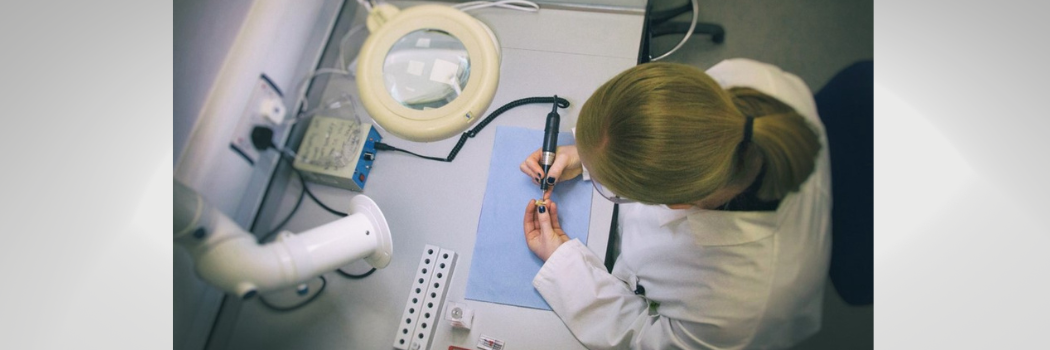
Our Archaeologists have helped establish that a male born in the Roman period (AD 43-410) travelled thousands of miles to Britain as a child.
The remains of the man were one of 42 burials found during excavations in 2017 by MOLA Headland Infrastructure (Museum of London Archaeology) near the village of Offord Cluny in Cambridgeshire.
MOLA studied his remains alongside a team from The Francis Crick Institute and our Department of Archaeology.
The research revealed the man was likely born in Sarmatia, near the Black Sea, between AD 126-228.
Teeth hold the key
Our Archaeologists analysed isotopes - forms of the elements carbon, nitrogen, strontium, and oxygen - from the teeth of the individuals excavated during the project.
This individual stood out because the data showed that he had not grown up in Britain, but somewhere much colder or continental.
In addition, he had experienced two major dietary changes in his childhood which would be linked with a migration west towards Britain.
Until the age of five or six, he lived in an arid location in the east of continental Europe where he ate a lot of C4 crops, such as millet and sorghum, which are not native to Europe.
As he grew up, he migrated west, and these plants disappeared from his diet.
They were replaced by C3 plants such as wheat, barley, rye and all the fruit and vegetables we eat today.
Isotopes can rarely pinpoint precise location of origin and this is where Ancient DNA (aDNA) can help.
Establishing ancestry
aDNA analysis by The Francis Crick Institute found that the man was very different genetically to the local Romano-British population in that area of Cambridgeshire.
It showed that he had common ancestors with individuals from Bronze Age Armenia and the Alans, an early medieval Sarmatian group.
aDNA testing alone could not confirm whether the male was born outside of Britain, but the isotopes clearly show that he had consumed food and water as a child that was incompatible with Britain and that it was this person, rather than his ancestors, who had made the long journey west.
Deeply connected Roman Empire
Previous burial evidence from Britain suggests entire families may have joined the Sarmatian Cavalry sent to Britain by Marcus Aurelius, so it is possible that the individual found in Cambridgeshire was linked to the cavalry.
Whatever the reasons for his extraordinary journey, his burial highlights how the entire Roman Empire was deeply connected, from the Caucasus to rural Cambridgeshire.






